The Science of Purity: How Activated Carbon Transforms Your Water
I still remember the first time I tasted water that had passed through activated carbon—it was as if every lingering chemical vanished, leaving just the pure, crisp essence of H₂O. Activated carbon starts as simple charcoal but undergoes an intense “activation” at temperatures exceeding 900°C, which carves millions of microscopic pores into each gram, creating a surface area comparable to two tennis courts compressed into a tiny filter cartridge [1]. When water flows through this maze of pores, contaminants adhere to the carbon walls like Velcro—chlorine, volatile organic compounds (VOCs), pesticides and odors all stick fast, so what comes out the other side tastes remarkably fresh and clean.
In practical terms, that means no more chlorine bite in your evening shower, no more subtle pesticide traces spoiling your iced tea, and appliances that last longer because scale-forming chemicals are held at bay. One neighbor told me her coffee shop began swapping standard filters for activated carbon, and customers noticed a dramatic uplift in flavor consistency. While the porous carbon does most of the work, two factors really boost its efficiency: contact time and pore structure. A dense carbon block slows the flow slightly, giving water molecules the chance to “rub up” against those pore walls and deposit their chemical load, whereas granular carbon is better suited for faster applications like pitchers and faucet mounts.
Whether you’re exploring a comprehensive carbon removal filter guide or simply upgrading the pitcher on your countertop, understanding the science behind activated carbon empowers you to choose the right system. It’s fascinating to think that this centuries-old technology—rooted in ancient practices—remains the gold standard for everyday water purification. Next time you take a long, refreshing sip, remember: it’s not magic, it’s adsorption.
Origins Uncovered: From Natural Materials To High-Powered Adsorption
The story of activated carbon stretches back thousands of years, to the banks of the Nile and the riverine groves of ancient India, where healers discovered that charred wood could absorb foul smells and draw impurities from water and wounds. Early texts hint at this “mystical” charcoal, but scientists only cracked the code in the 19th century, when they learned that heating charcoal with steam or carbon dioxide—an activation process—dramatically increased its porous texture, creating microscopic pockets perfect for trapping contaminants [4].
It still amazes me that a teaspoon of coconut-shell carbon can boast over 3,000 square meters of internal surface area—roughly half a football field—all condensed into grains smaller than a mustard seed [2]. These pores act like Velcro, grabbing chlorine, organic molecules and odd tastes as water slips through, leaving clarity in its wake. Over time, two main forms crystallized: granular activated carbon (GAC) for applications demanding high flow, and carbon block filters, which compress carbon into a denser form that slows water for deeper adsorption.

Today, you’ll find GAC beds in municipal plants removing up to 95% of chlorine and countless organic pollutants before water reaches your tap, while carbon block cartridges sit snugly under kitchen sinks, trapping microplastics and disinfection byproducts. It’s a testament to the power of simple materials—charcoal and heat—to deliver high-powered purification in homes and industry alike.
Choosing Your Champion: Granular, Block, or Catalytic Carbon Explained
Imagine selecting a superhero: granular activated carbon (GAC) is the nimble scout, letting water flow freely while capturing chlorine and VOCs in its labyrinthine pores. It’s the go-to for pitchers and faucet-mounted filters because it offers rapid taste improvements in a pinch [1]. By contrast, carbon block filters are the steadfast guardians. Pressed tight, they slow water just enough to trap tiny particles—like microplastics or disinfection byproducts—that granular carbon might let slip through [4]. Many homeowners tuck these under their sinks for extra peace of mind, routing all drinking water through a dense block before it ever touches their glass.
Then there’s catalytic carbon, the specialist called in for the toughest missions. Chemically enhanced to break down chloramine and neutralize hydrogen sulfide, it holds up where standard carbon might falter—think whole-house systems tackling foul odors at the point of entry. If you’re weighing options, an under-sink kitchen filter with a carbon block core offers a reliable, no-fuss upgrade that balances flow rate and purification power in one tidy package.
No matter which form you choose, consider your unique needs—speed of flow, target contaminants and installation footprint—to ensure you deploy the right carbon champion in your battle for pristine water.
Pollutant’s Worst Enemy: The Contaminants Activated Carbon Crushes
Chlorine, the scourge of tap water taste buds, stands little chance against activated carbon’s adsorptive might. Both free chlorine and stubborn chloramine molecules cling to carbon surfaces, leaving your water smooth and free of chemical bite—and your appliances spared from corrosive damage [3]. If you’ve ever winced at a mouthful of tap water, you know the relief pure H₂O can bring.
But chlorine isn’t the only villain. VOCs, pesticides and disinfection byproducts like trihalomethanes also find themselves trapped in carbon’s maze of micro-cavities [2]. Imagine each carbon granule as a tiny sponge, soaking up invisible toxins so they can’t slip past into your body. In laboratories, researchers have documented up to 90% reduction in certain VOCs after a single pass through a carbon block.
Beyond water, activated carbon patrols the air you breathe, neutralizing chemical vapors and stubborn odors from cooking, pets or even cigarette smoke with equal finesse [4]. Pairing a carbon-based air purifier with your water filter can transform a home into an oasis of freshness, so each sip and every breath feels subtly, wonderfully pure.
More Than Water: Harnessing Activated Carbon For Air And Beyond
Activated carbon’s prowess extends far past the kitchen sink. In modern air purifiers, GAC beds tackle paint fumes, formaldehyde from new furniture and everyday VOCs—sometimes removing up to 95% of these pollutants in a single cycle. A recent survey found eight out of ten homeowners noticed a dramatic drop in stale, musty odors within 24 hours of installing a carbon-based air filter [3].
In industrial settings, powdered and granular activated carbon handle solvent vapors in pharmaceutical plants and organic pollutants in wastewater, reducing trace chemicals by over 90% in groundwater remediation systems [5]. One operations manager told me their emissions halved after adding a GAC stage, and workers noted cleaner air on the factory floor.
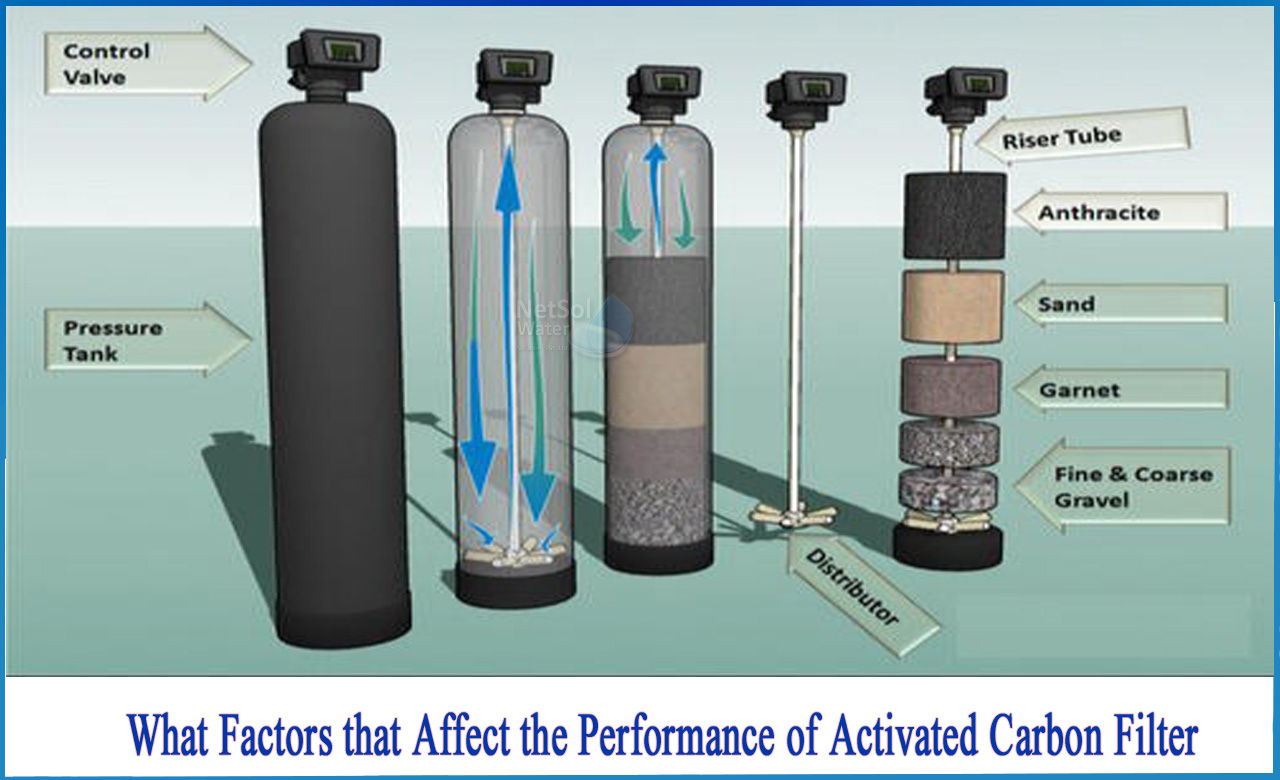
Beyond factories, activated carbon is found in gas masks, greenhouse filters and even art studios, silently protecting health by grabbing benzene, toluene and other small molecules with staggering efficiency—often exceeding 1,000 square meters of surface area per gram.
Extend The Life: Simple Maintenance Tips For Peak Performance
Your carbon filter’s performance hinges on timely maintenance. Most carbon block cartridges require replacing every six to twelve months or after filtering roughly 10,000 gallons to avoid clogging and adsorption loss [1]. I mark my calendar and scribble notes on the filter housing—little rituals that keep crisp water flowing without a hiccup.
Before you install a fresh filter, always flush it under cold water for several minutes to clear out loose carbon dust that could cloud your first few glasses. Pairing your carbon unit with a sediment filter for well water or pre-filter screen can also shield the carbon block from grit, extending its service life [2].
Between changes, keep the filter housing clean and dry—moisture can foster bacterial growth if left unchecked. A quick wipe of seals and O-rings with a mild bleach solution, followed by a thorough rinse, is all it takes. If flow slows or you detect any odor, don’t hesitate—swap in a new cartridge to restore peak performance.
Green Footprint: Eco-Friendly Sourcing and Responsible Disposal
Today’s eco-minded filters increasingly use coconut shells instead of coal, cutting CO₂ emissions by up to 60% during activation and preserving forests in the process [4]. This renewable approach sustains adsorption performance—filtered water remains over 90% as pure as its coal-based counterpart through carefully controlled processing.
Communities in the Philippines and Ghana collect spent coconut shells, transforming agricultural waste into life-giving water purifiers while boosting local incomes. Every filter sold can support smallholder livelihoods and discourage open-burning practices that harm air quality [2].
At end-of-life, up to 95% of spent carbon can be rejuvenated in high-temperature kilns, slashing landfill waste by over 80% and cycling media through multiple uses [5]. When reactivation isn’t feasible, many municipalities offer take-back programs, ensuring safe disposal rather than sending toxic-laden carbon to the dump.
Fact vs. Fiction: Unraveling Common Carbon Filter Myths
Let’s bust a myth: activated carbon doesn’t remove heavy metals like arsenic or fluoride—those dissolved inorganics slip right past unless paired with specialized media. Carbon’s superpower lies in trapping chlorine, VOCs and foul tastes, not dissolved minerals [1].
Another misconception: carbon filters last forever. In truth, their pores gradually clog with trapped particles and can harbor bacteria if left past their prime, so most manufacturers recommend swapping cartridges every six months [2]. One homeowner confessed she waited a year and ended up with stale-tasting water—lesson learned the hard way.
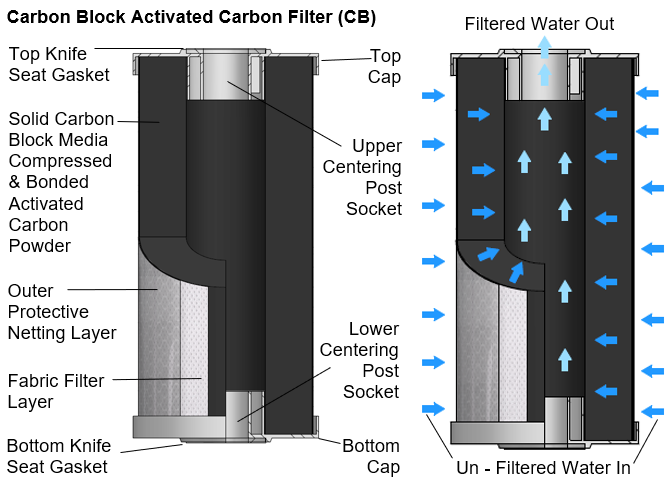
Finally, flow rate myths abound. Granular carbon lets water pass quickly but offers moderate adsorption, while carbon block slows water for deeper contact. Understanding empty bed contact time—the duration water lingers against carbon—can shift performance by up to 30% in real‐world conditions [3].
Tomorrow’s Filters Today: Cutting-Edge Trends And Innovations
Researchers are merging graphene sheets with activated carbon to produce nano-composite filters that remove contaminants up to ten times more efficiently than traditional GAC—imagine microscopic magnets yanking out pesticides and pharmaceuticals in a single pass [4]. These ultra-porous materials let manufacturers tune pore sizes at the molecular level to trap molecules once deemed too small to catch.
Meanwhile, IoT-enabled carbon blocks are revolutionizing maintenance: built-in sensors track adsorption levels and ping your phone when it’s time for a swap. “I never realized my filter was clogged until my phone buzzed,” says Jane Ortiz. No more guessing or funky-tasting taps—just timely replacements and constant purity. For those exploring full-spectrum purification, consider pairing with reverse osmosis: our essential reverse osmosis guide shows how carbon and RO work hand in hand.
Excitingly, green regeneration methods like microwave and solar-thermal reactivation promise to cut energy use by 60%, breathing new life into spent carbon without landfill waste [5]. Soon, home systems will seamlessly integrate these eco-friendly steps, delivering a purification miracle that’s gentle on the planet and tough on pollutants.
Key Takeaways & Final Words
Activated carbon filters wield millions of tiny pores to adsorb contaminants from water and air alike, transforming tastes and odors almost as if by magic. Whether installed under your kitchen sink or in a whole-house system, their monumental surface area captures chlorine, VOCs and countless other chemicals in a single pass [1].
From ancient healers using charred wood to today’s graphene-infused nanofilters, activated carbon’s enduring legacy lies in its simplicity and effectiveness. By understanding the different forms—granular, block or catalytic—and maintaining your system properly, you can ensure a steady stream of crisp, clean water and breathable air. Investing a little care in filter replacements and exploring eco-friendly regeneration steps means every sip and every breath is backed by science, tradition and a greener future.
Citations
“`html
Complete Top Picks Comparison – 23 Products
| Product | Source | Price | Rating | Image | Buy |
|---|---|---|---|---|---|
| PawPail Activated Carbon Filter for Pet Litter and Trash Cans, Durable Long-Lasting Odor Absorber, Easy to Attach Freshener for Pet Waste Stations | Lasts Up to 3 Months – Black | $14.99 | ★★★★☆ (4.4) |  | Buy on Amazon | |
| 100 Pcs Activated Carbon PM2.5 Mask Filter Paper 5 Layers Replacement PM 2.5 Face Filter Insert | $9.99 | ★★★★★ (4.8) |  | Buy on Amazon | |
| AQUANEAT Aquarium Activated Carbon Filter Media Pad for Fish Tank Pond Canister Filter (10.5″ x 18″) | $13.99 | ★★★★☆ (4.6) |  | Buy on Amazon | |
| Fluval C2 Activated Carbon, Replacement Aquarium Filter Media, 3-Pack, 14011 | $6.99 | ★★★★☆ (4.7) |  | Buy on Amazon | |
| LEVOIT Core 300-P Replacement Filter Air Purifier Pet Allergy, Genuine Core300S-P Filters, Supports HEPA Sleep Mode, High-Efficiency Activated Carbon, Core 300-RF-PA, Yellow, 1 Pack | $35.99 | ★★★★★ (4.8) |  | Buy on Amazon | |
| PUREBURG Carbon Filter,Cut-to-Fit Carbon Pad 16 x 48 inches for Air Filter Charcoal Sheet fits Range Hoods Furnace Filters removes Odor VOC Parts Accessories Replacement,1-Pack | $12.78 | ★★★★☆ (4.6) |  | Buy on Amazon | |
| Green Piece® Distiller Filters (Made in USA) – Activated Charcoal – Odor Absorbing. Works Great for Megahome and other Countertop Distillers (12 Pack) | $14.88 | ★★★★☆ (4.7) |  | Buy on Amazon | |
| Marineland Black Diamond Premium Activated Carbon 22 Ounces, Filter Media For Aquariums | $9.88 | ★★★★☆ (4.7) |  | Buy on Amazon | |
| Cut to Fit Activated Carbon Filter Sheet 16” x 48” – Activated Carbon Air Filter for Air Purifiers Window AC Air Vent And More – Charcoal Filters Effectively Remove Odors & Freshens the Air (1-Pack) | $15.93 | ★★★★☆ (4.6) |  | Buy on Amazon | |
| Fresh Headquarters Cut‑to‑Fit Carbon Pad Pre‑Filter Roll – Universal Activated Carbon Sheet for Air Purifier, Furnace, AC, Range Hood, 3D Printer & More Odor/VOC Control | $15.99 | ★★★★☆ (4.4) |  | Buy on Amazon | |
| Air purifier household suction cat hair floating hair removal odor odor removal allergen formaldehyde | $861.06 | ☆☆☆☆☆ (N/A) | 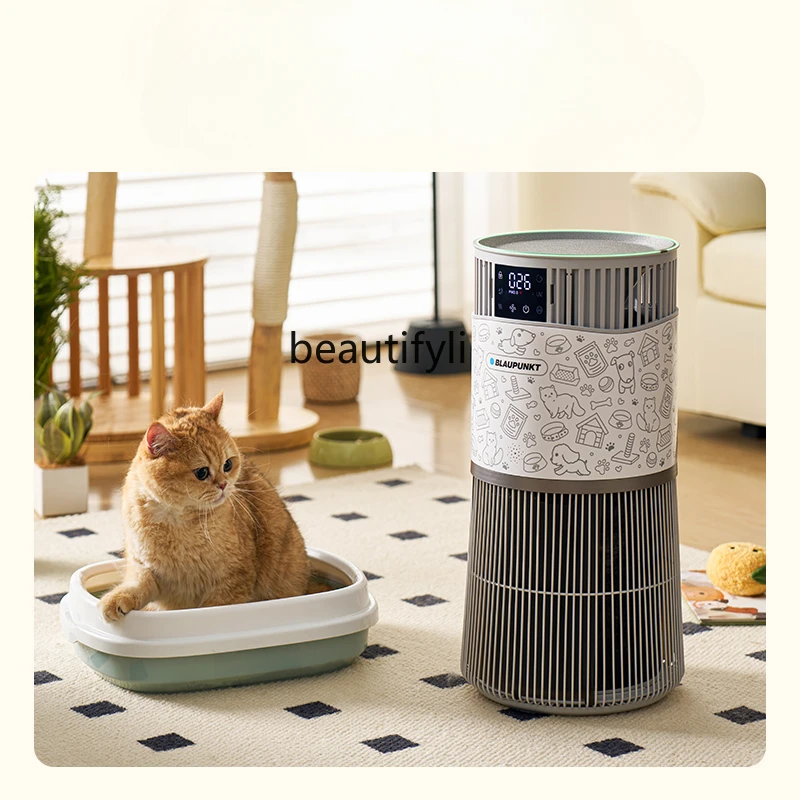 | Buy on AliExpress | |
| buy more will cheapUfxgps 752248 3.7V 900mAh beauty instrument air purifier with protection board toy LED solar energy on-board | $3.86 | ☆☆☆☆☆ (N/A) |  | Buy on AliExpress | |
| 30000 Feet Namste Aroma Diffuser Perfume Home Fragrance 800ML Capacity Essential Oil Air Purifier Metal Body 14W Power HVAC | $104.04 | ★★★★☆ (95.6%) |  | Buy on AliExpress | |
| XD100 Portable CPAP Cleaner Ozone Sleep Ventilator Air Purifier Air Disinfection Anti Apnea Snoring Health Care Machine | $29.33 | ★★★★★ (100.0%) | 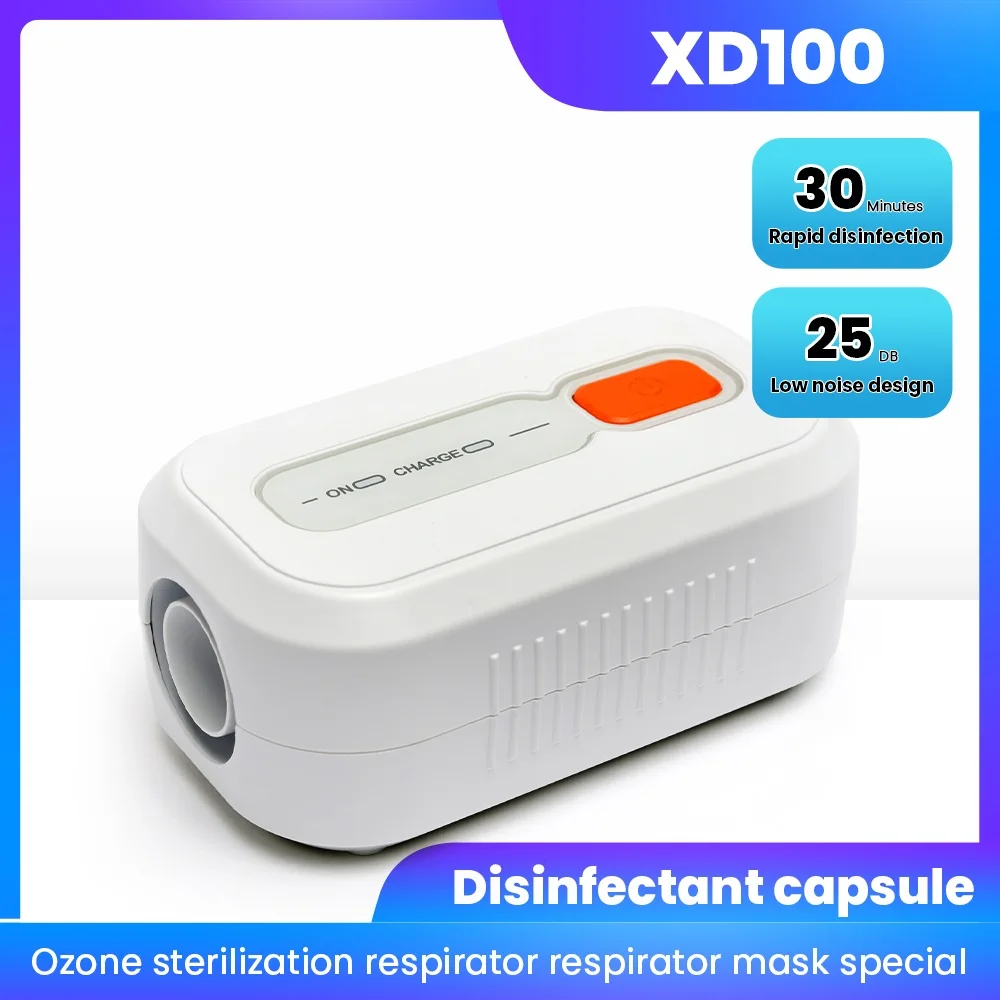 | Buy on AliExpress | |
| 5V 12V 24V 5015 5cm 50*15mm turbo blower fan with circular outlet duct for humidifier purifier small fan High air volume | $8.75 | ★★★★☆ (80.0%) | 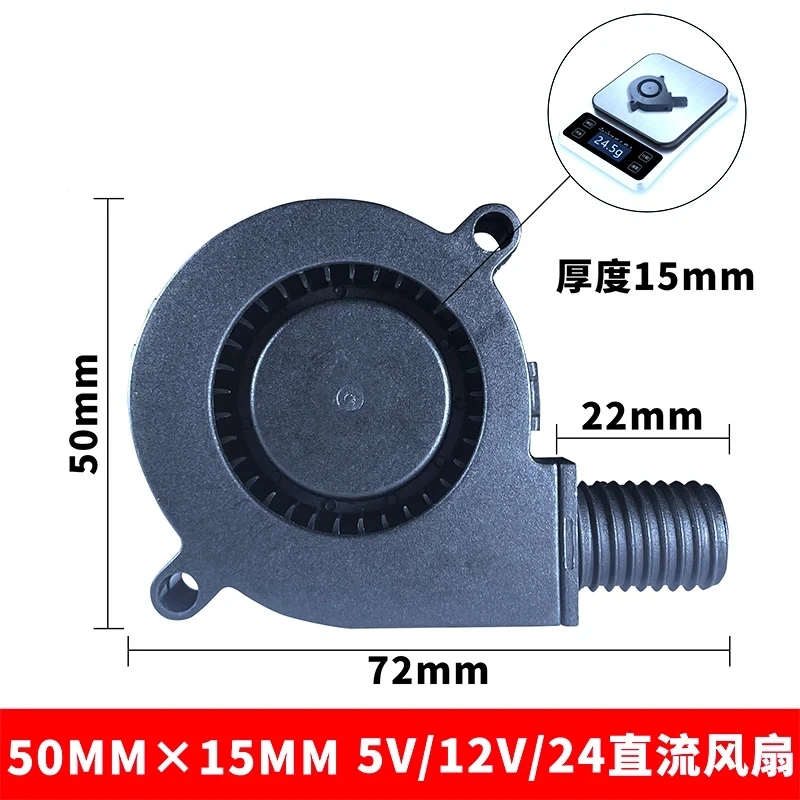 | Buy on AliExpress | |
| A42F FY1700 Replacement Filter for Philips Series 1000i FY1700/30 HEPA Activated Carbon Filter Air Purifier Accessories | $24.13 | ☆☆☆☆☆ (N/A) |  | Buy on AliExpress | |
| Vacuum Cleaner Filter Replacement FY0611 For Air Purifier FY0611 HEPA For AC0650 AC0651 Vacuum Cleaner Accessories | $25.35 | ☆☆☆☆☆ (N/A) |  | Buy on AliExpress | |
| Mini Portable Air Conditioner Fan Light Humidifier Purifier USB Desktop Cooler Fan Cooling Quick Easy Cooling Fan | $25.07 | ☆☆☆☆☆ (N/A) |  | Buy on AliExpress | |
| ACMER Laser AP220 Desktop Smoke Purifier Cleaner Smoke HEPA Filter Efficient Purifying Air Compatible with Laser Engraver | $195.52 | ☆☆☆☆☆ (N/A) |  | Buy on AliExpress | |
| Active Carbon HEPA Filter For Hisense Air Purifier AE-33R4BFS AE-33R4BNS -33R4B DF-33R4B A62X | $29.32 | ☆☆☆☆☆ (N/A) |  | Buy on AliExpress | |
| Shark Never Change Air Purifier MAX, 5-Year HEPA Filter, 1200 Sq. ft. Charcoal🔷 | $168.95 | ☆☆☆☆☆ (N/A) |  | Buy on eBay | |
| Home True HEPA Air Purifier Large Room Air Cleaner for Allergies Smoker Pet Dust | $97.99 | ☆☆☆☆☆ (N/A) |  | Buy on eBay | |
| Whole Home Air Purifier Large Room Allergies Pets Dust Smoke Odor Air Cleaner | $29.99 | ☆☆☆☆☆ (N/A) |  | Buy on eBay |
“`

